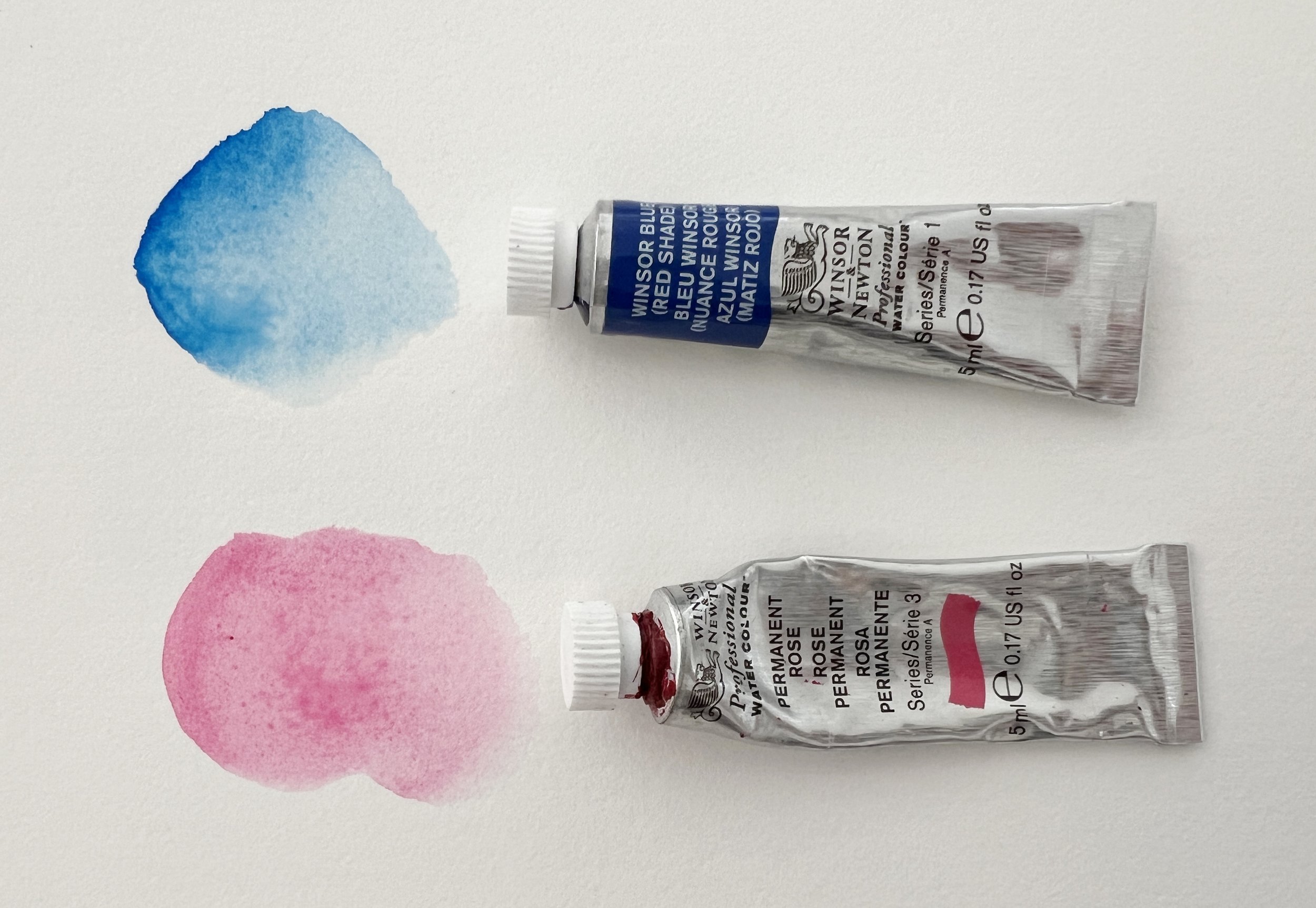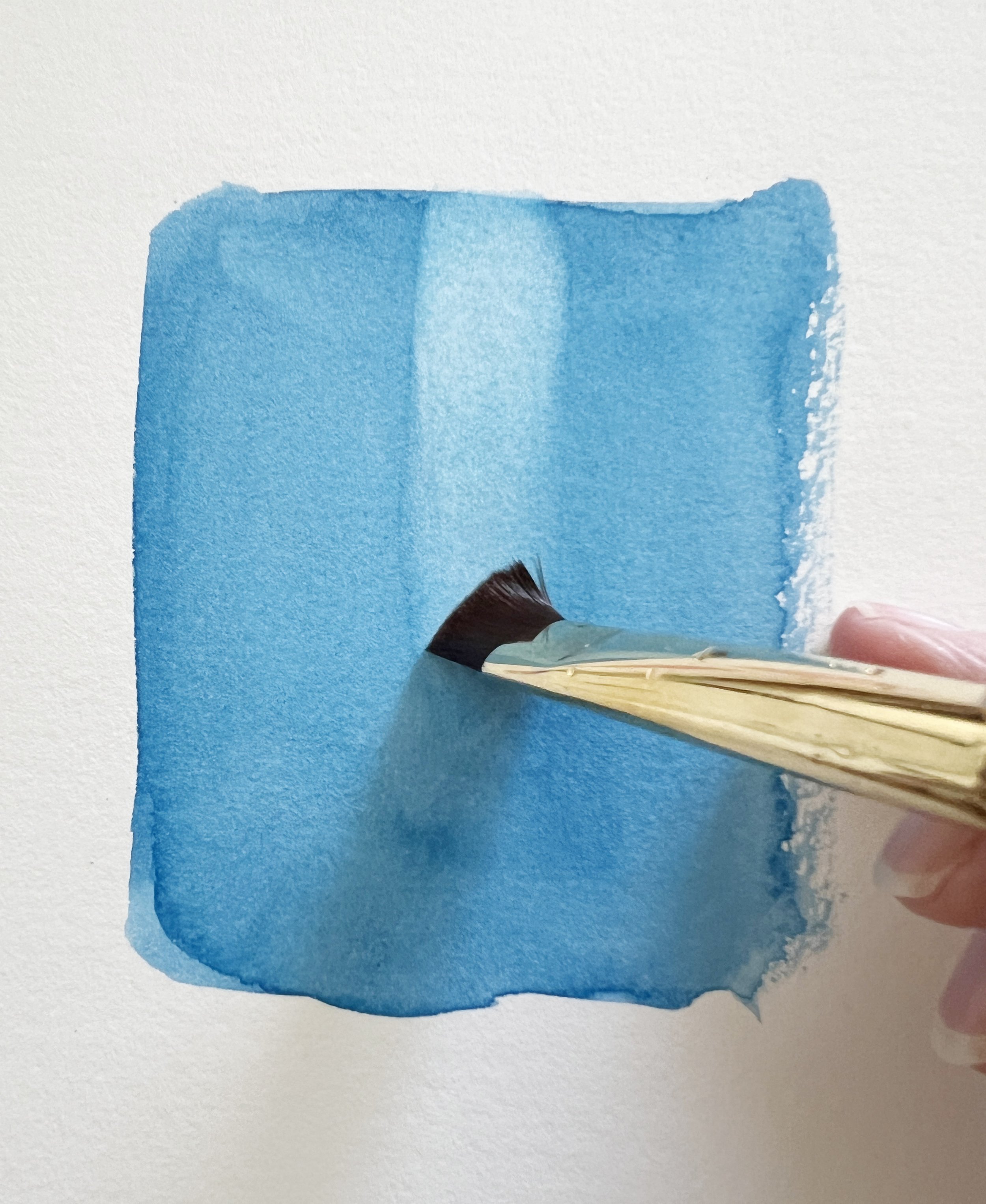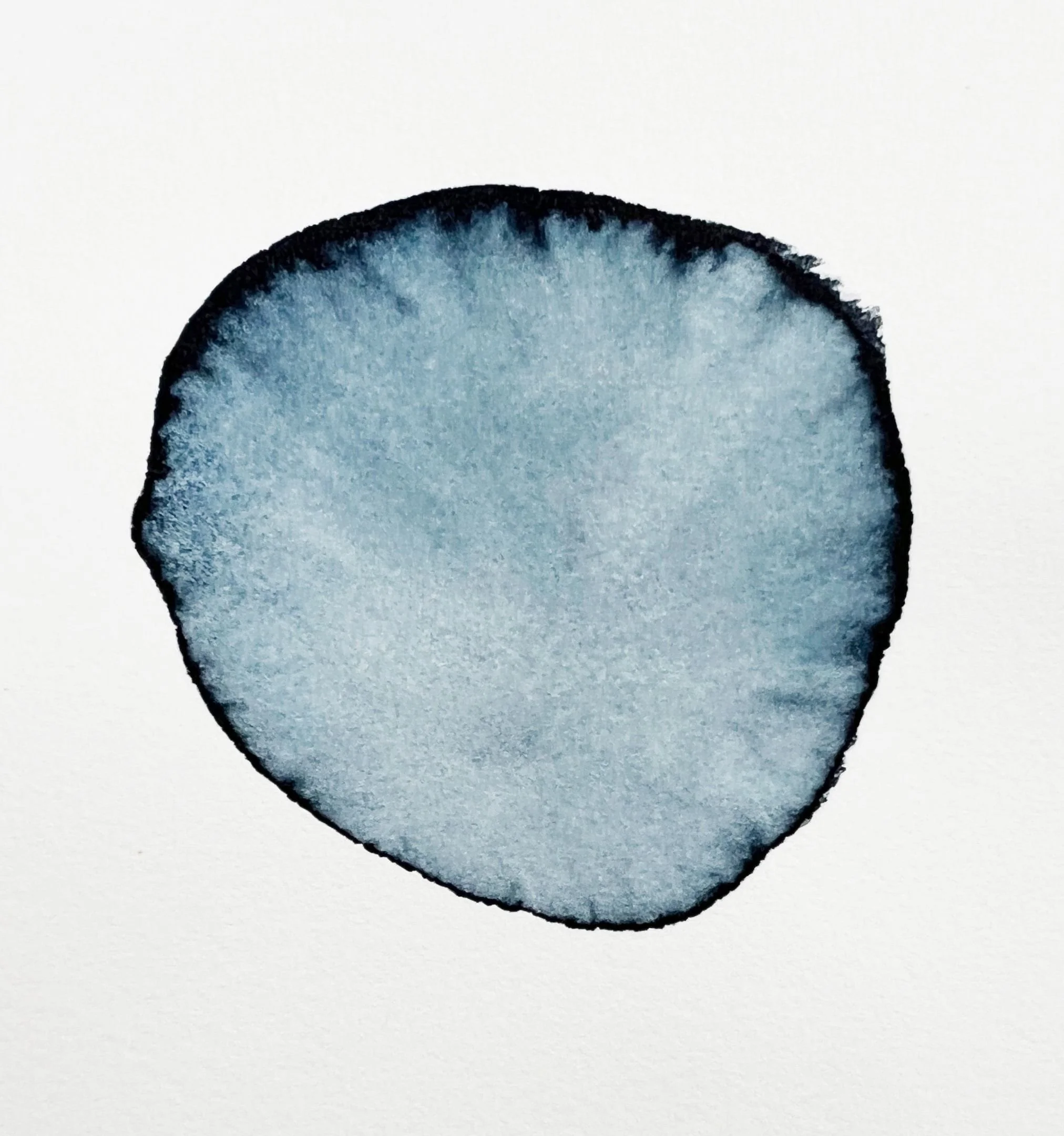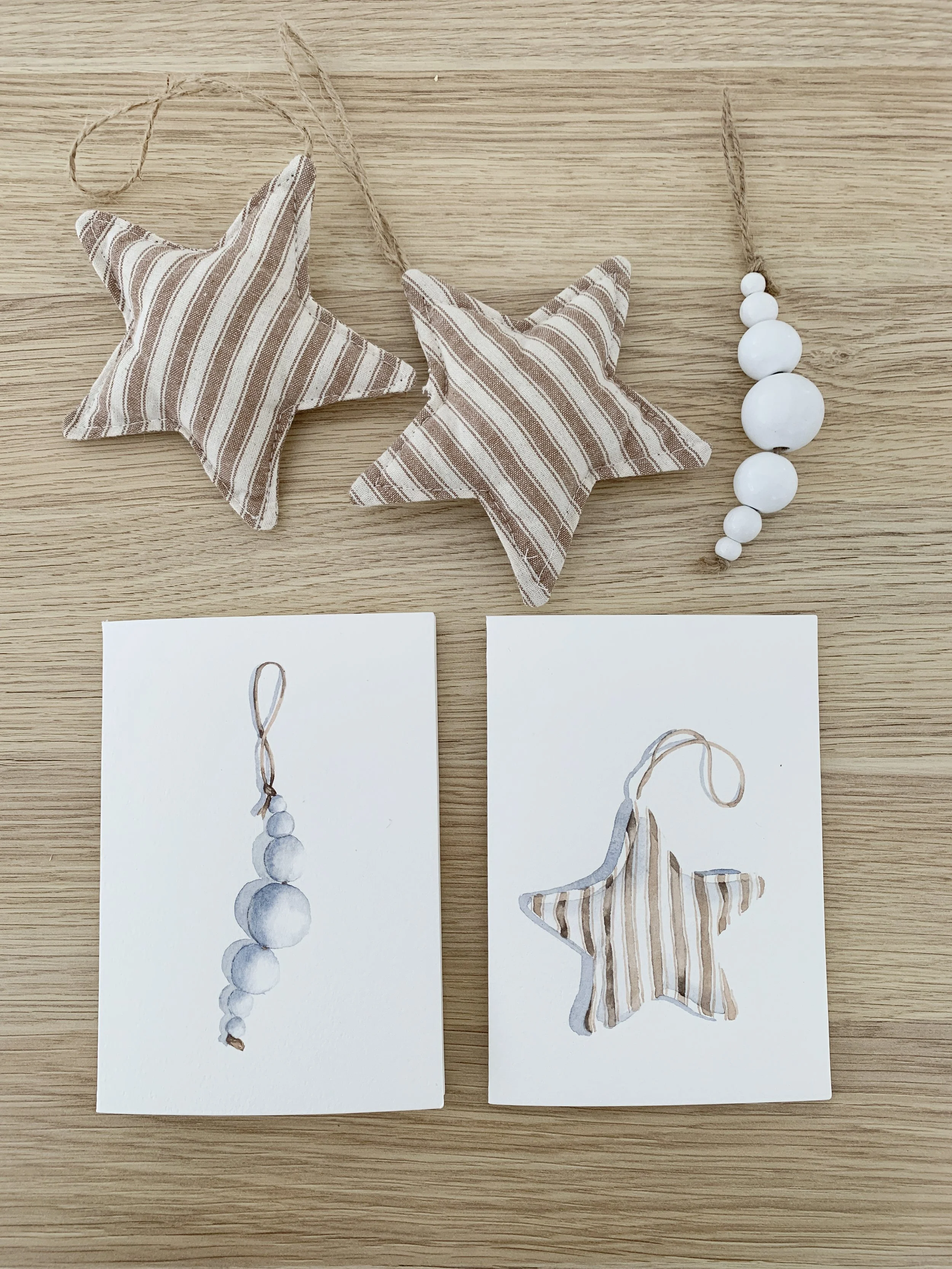Staining and Non-Staining Watercolours
Using non-staining colours makes it easier to lift out highlights.
In the world of watercolour painting, the pigments we choose can dramatically shape the outcome of our creations. Whether you’re a seasoned painter or just beginning to explore the vibrant world of watercolours, understanding the difference between staining and non-staining pigments can greatly enhance your approach to painting.
Staining colours offer a range of possibilities and challenges, and understanding their properties can help artists better plan their projects and execute their artistic vision with greater precision and effect. These colours aren't just about the technical benefits; they also play a crucial role in the aesthetic and emotional expression of watercolour art.
The Essence of Staining vs. Non-Staining Pigments
Staining pigments are the dynamos of persistence in the watercolour palette. Known for their ability to seep into the paper, these pigments embed themselves deeply, making them less likely to be lifted off once they have dried. Their permanence is attributed to smaller pigment particles or the use of dyes that penetrate the paper’s fibre deeply.
Two staining pigments - Schmincke’s Cadmium Yellow Light and Winsor & Newton’s Winsor Green blue shade.
On the flip side, non-staining pigments rest more loosely on the surface of the paper, which allows artists to lift the pigment off even after drying, offering a forgiving approach for adjustments as the painting evolves. These pigments are generally composed of larger particles that don’t embed as deeply into the paper.
Two non-staining pigments - Schmincke’s Madder Red Dark and French Ultramarine
Why Pigments Behave Differently
Understanding why some pigments stain while others do not can feel a bit like unlocking a secret garden - once inside, everything seems vivid and clear. The behaviour of watercolour pigments, whether they are likely to stain or not, is deeply rooted in the characteristics of the pigments used in their creation. This variance can dramatically affect both the technique and final appearance of a watercolour piece.
The Nature of Pigments
French Ultramarine was a good choice for this painting because I was able to lift the colour easily in a few areas to create highlights in the water.
Think of pigments as tiny magical particles that bring our paintings to life. Some of these particles are very fine - almost like fairy dust. These smaller particles have a knack for finding their way deep into the paper, just like seeds nestling into the soil. Once there, they stay put, creating a vibrant, lasting colour that’s tough to wash away. This is what we call staining. It’s perfect for when you want your colours to stay bold and beautiful, much like the deep hues of a sunset that don’t fade even as the sun dips below the horizon.
On the other hand, some pigments are more like little pebbles - bigger and bulkier. These larger particles tend to sit on top of the paper, resting there gently. Because they don’t burrow down, you can easily brush them away or lift them off to lighten your painting or correct little oops moments. This quality is especially handy when you’re painting something that needs soft, subtle changes, like the delicate light in a child’s eye or the gentle shadows of a cloudy day.
Why Composition Matters
The makeup of these pigments - what they’re born from - also plays a big role. Organic pigments, often made in labs, are typically finer and more uniform, which makes them more likely to stain. Inorganic pigments, which come from the earth, tend to be a bit chunkier and more laid-back, resting on the surface where they’re easier to play with.
How They Mix and Mingle
Imagine pouring sugar into a teacup - how it dissolves and spreads evenly throughout the tea. Now, imagine dropping pebbles into the same cup. They’d just plop to the bottom, right? Pigments are similar. Those that dissolve well in our watercolour mix are like that sugar, spreading colour deeply into the paper. Meanwhile, pigments that don’t dissolve well sit more like those pebbles, staying put on the surface and easier to scoop out if you change your mind.
Two ‘sugar-like’ pigments - Winsor Blue red shade (PB15) and Permanent Rose (PV19)
Two ‘pebble-like’ pigments French Ultramarine (PB29) and Cerulean Blue (PB35).
Water, the Great Conductor
Water is the magical element that carries these pigment particles onto your paper. The way pigments interact with water can make them either sink in deep or float on the surface. Those that love water dive deep into the paper, staining it with their hues, while those that are a bit shy of water stay on top, ready to be nudged away with a damp brush. Understanding these whimsical qualities of your watercolours can help you better plan your paintings, ensuring each stroke of your brush brings the exact magic you intend. Whether you're building up colours in vibrant layers or softly washing them out for a dreamy effect, knowing your pigments means you’re always in control of your artistic spell book.
Advantages and Challenges
Staining pigments offer the advantages of colour intensity and permanence but pose challenges in correcting mistakes due to their tenacious nature. Non-staining pigments, while more flexible and easier to manipulate, may lack the same vibrancy and permanence, making them less suitable for some advanced techniques. As we explore the distinct personalities and traits of these pigments, we can better align them with our artistic intentions and the stories we wish to tell on paper.
Staining Pigments: Intensity and Commitment
Staining pigments are like the bold, unforgettable characters in a story, leaving a strong impression that lingers. Their intensity and depth of colour breathe life into paintings with a vibrancy that echoes through every layer of watercolour. This richness is ideal for works where the colour itself carries the narrative, offering a permanence that ensures the tale doesn’t fade over time. However, with great vibrancy comes great responsibility.
Staining pigments commit deeply to the paper, embedding themselves into the very fibres. This commitment means that once they are placed, they demand to stay, challenging artists to work with precision and foresight. Mistakes are not easily erased, and corrections can often mean having to start anew or creatively incorporate them into the evolving artwork. This trait calls for a confident brush and a well-planned composition.
I used Phthalo Blue for the background splash of colour behind these fish. It’s a staining colour so I knew I had to be committed and confident when I was painting it.
Non-Staining Pigments: Gentle Companion
Non-staining pigments lay softly on the surface of the paper, offering the flexibility to easily revise, lift, and layer colours.
In contrast, non-staining pigments are the gentle spirits of the watercolour world. They lay softly on the surface of the paper, offering artists the flexibility to revise, lift, and layer colours with ease. This ability to manipulate and adjust makes non-staining pigments perfect for exploratory stages of artwork, where the vision evolves with each stroke of the brush. While they may not shout with the same intensity as staining pigments, non-staining colours offer a subtlety that can be incredibly powerful. Their softer presence allows for the creation of delicate gradations and nuanced details that can be crucial for capturing the lightest lights and the subtle interplay of hues in a painting. Yet, it's important to remember that their lighter touch might not stand the test of time or the bright blaze of sunlight as boldly as their staining counterparts.
Embracing Each Pigment’s Nature
Choosing between these types of pigments depends largely on what you need from your painting materials—do you seek the bold and permanent declaration of colour, or the subtle and adjustable whisper that allows for change? Each type of pigment, with its unique properties, offers different advantages and challenges, providing a spectrum of possibilities that can be tailored to suit the narrative and technique of your artistic expression. In this dance between the bold and the subtle, the permanent and the flexible, watercolour artists find their rhythm, selecting pigments that best express the heart of their work. Understanding these characteristics allows us to paint not just with colour, but with intention—each choice, each pigment, and each stroke contributing to a larger, more beautiful story told on paper.
Strategic Choices: When to opt for Staining or Non-Staining Colours
Staining colours are best suited for works where permanence and intensity are needed.
As artists, we're often faced with decisions that affect the outcome of our creative expressions, and choosing between staining and non-staining watercolours is one of these critical decisions. Staining colours, with their robust and indelible nature, are best suited for works where permanence and intensity are desired. They are splendid for techniques that rely on layering colours without disturbing the layers beneath. If your artistic vision involves creating rich depths or adding layers that contribute to a complex narrative within your painting, staining pigments will serve you well. They lock in the vibrancy and are ideal for the underlying hues that form the soul of your piece.
Conversely, non-staining colours are the epitome of versatility and forgiveness, perfect for explorative stages of your artistic journey or when your technique demands flexibility. These pigments are particularly useful in paintings where you might want to adjust the lighting effects—softening a sky or refining the light on water. They are invaluable for portraiture, where subtle shifts in tone can breathe life into the subject. The ability to lift and adjust these pigments allows for a dynamic process of revision and perfection, where each stroke can be reevaluated and refined.
The decision between using staining or non-staining colours should, therefore, reflect your project's requirements -whether you need the durability and boldness of staining pigments or the correctable and subtle qualities of non-staining ones. This thoughtful choice will help you leverage the unique properties of each type of pigment to best express your artistic vision, ensuring that every brushstroke not only adds colour but also contributes meaningfully to the narrative you wish to weave on your paper.
Testing Pigments and Reading Labels
Manufacturers' labels can provide invaluable information about the staining properties, transparency, and granulation of pigments.
When selecting paints, pay attention to manufacturers' labels. They can provide invaluable information about the staining properties, transparency, and granulation of pigments, helping you make informed choices about what to add to your palette. Also try testing your colours. Apply them to the paper and let them dry. Then use a damp, stiff brush to try to lift them to reveal the white of the paper. Some will lift more easily than others.
Whether you lean towards the bold permanence of staining pigments or the flexible nature of non-staining ones, each type has its unique merits and challenges. By understanding these differences and experimenting with various pigments, you can expand your creative expression and refine your technique in watercolour painting.
Harness the power of your pigments and let them inspire your next masterpiece!
















